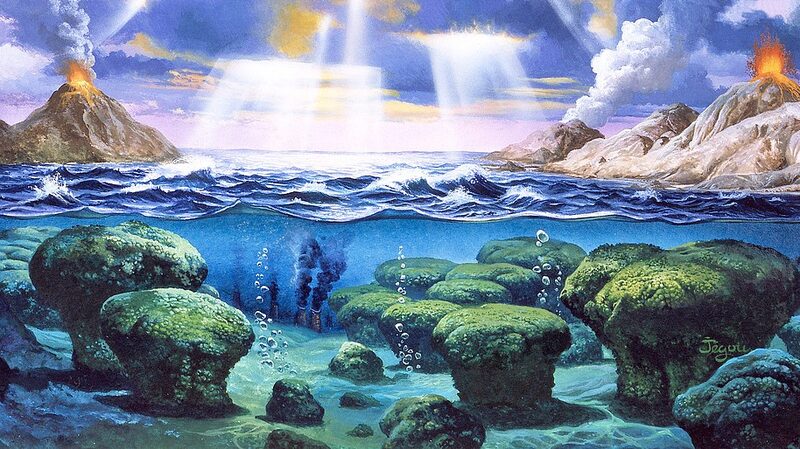Ever wondered how life on Earth got its kickstart? 🌍 Scientists led by Chinese researchers might have just uncovered a crucial piece of that cosmic puzzle! 🧩
In a groundbreaking study published in Nature Communications this Thursday, the team revealed that iron sulfides—minerals abundant in early Earth's hot springs—could have been the secret ingredient that sparked life. ⚡
Picture this: billions of years ago, our planet was a hotbed of volcanic activity, with steamy hot springs bubbling away. These weren't just any hot tubs, though—they might have been life's original playgrounds! 🦠🌋
\"Iron sulfides could have acted like the ancient world's catalysts, transforming carbon dioxide into organic compounds,\" explained Nan Jingbo, associate professor at the Nanjing Institute of Geology and Paleontology. \"This would be essential for the chemical reactions that led to life as we know it.\" 🧪✨
While previous studies focused on deep-sea hydrothermal vents (think: deep-sea mysteries 🐙), this research shines a light on terrestrial hot springs as potential cradles of life. With rich minerals, a diversity of chemicals, and plenty of sunshine ☀️, these springs had all the right vibes for life's debut.
To test their theory, the scientists cooked up a mini early Earth in the lab. They heated things up to a toasty 80-120°C 🌡️, bathed their setup in ultraviolet light, and tossed in carbon dioxide, hydrogen, and iron sulfides. The result? Iron sulfides acted like a boss catalyst, helping turn carbon dioxide into methanol—a stepping stone to the complex molecules vital for life. 🔄
\"Our findings open up new directions for exploring how life began and could even help us in the search for extraterrestrial life,\" Nan said. 🚀👽
So next time you relax in a hot spring, remember—you might be soaking in the same kind of environment where life itself first emerged! 🛀✨
Reference(s):
Scientists reveal potential role of iron sulfides in life origin
cgtn.com




